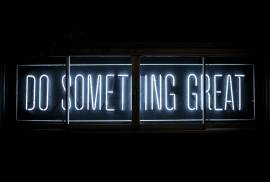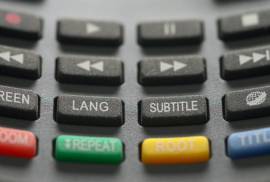Copywriting is the process of drafting (writing production) a text. It is an activity present in civilized culture since the invention of writing, and is currently considered a professional and artistic field in literature, in the production of screenplays, in the preparation of reports and documents, in advertising and journalism, among several other areas. Newsroom is also the term used in journalistic jargon for the working environment of the journalists of a vehicle (newspaper, magazine, radio and television).
In advertising, copywriting means, in its narrowest definition, the creative elaboration of advertising pieces, based on a persuasive textual appeal. It is common in marketing agencies the model of advertising creation called creation duos (Copywriter and Art Director). The former is in charge of the creation of calls or titles and texts; complements of printed pieces, images, scripts for radio, television, or cinema. The second is in charge of the best presentation of the script created, using all the mechanisms that make us "feel", "absorb", taste the writing. The Editor and the Art Director's function is broader as creative professionals, elaborating complete advertising pieces in their various applications: ads, texts, radio spots and jingles, films, internet pieces, marketing actions, among many others.
In many significant sectors, the tone and substance of sociological discourse about the past, present and future of culture in general, about institutions, the content of individual aspirations and relations, and also about the subject matter and organization of science, technology and epistemology, have changed appreciably. It is correct to say that in some cases serious observations underlie this discursive transformation, and that even very often it is possible to interpret selected events, or narrow features of selected events, in support of a thesis of radical change in contemporary society and knowledge. The discourse of postmodern society and, correspondingly, the supporting intellectual and social phenomena offer some credence to the arguments that today's world and tomorrow's prospects are in radical contrast, and even asymmetry, with the world of the past two and a half centuries. Many postmodernist prescriptions would lead to the conclusion that the self-interpretation, self-monitoring, and self-legislation of our age displace and destroy previous forms of social representations and interactions, and that they totally alter the content, organization, and epistemology of scientific and technological work (cf. Scott, 1997).

 Français
Français







